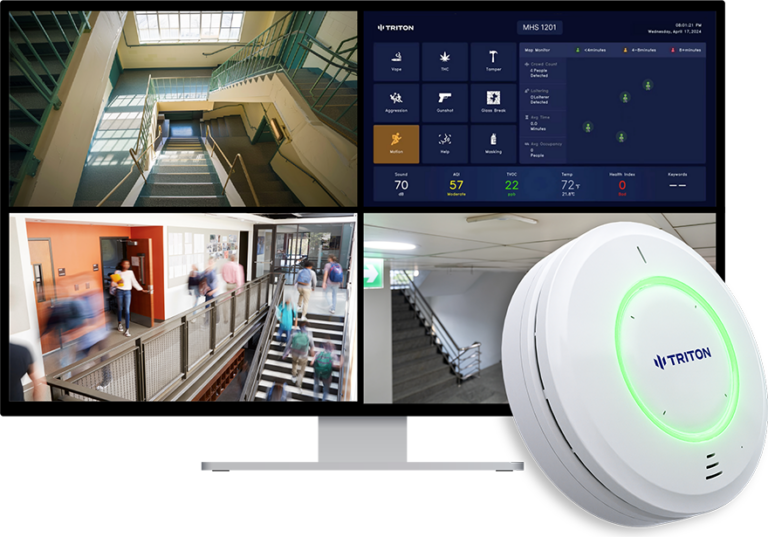Vaping was once a problem in the classrooms. Students would sneak into bathrooms where THC and flavored nicotine vapors were unnoticeable. Teachers and administrators felt powerless until districts began turning to a new line of defense: the vape detector.

Today, schools across the country have reported major successes, showing just how transformative this technology can help in tackling the issue of vaping.
A Case study: Reduce Vaping by 83 Percent in 10 Weeks
Luling Independent School District faced an enormous problem with smoking. Students continued to use e-cigarettes despite repeated warnings and stricter policies. Smoke alarms aren’t effective against vapor, and staff could not be everywhere at once.
For a test as a test, the district put in vape detectors on schools in March. The results were impressive. The number of instances of vaping dropped significantly within five weeks. At the end of ten weeks the vaping rate had dropped by a staggering 83%..
Administrators saw success beyond the figures. Teachers reported less interruptions and students began to realize that vaping should not be tolerated.
Match Charter School Experiences Similar The School’s Success
Another notable example comes from Match Charter Schools, which was unable to stop middle and high school vaping. They set up vape smoke alarms in August and witnessed immediate results.
In December, just four months after the first report, administrators reported a 80% drop in vaping-related incidents. Parents were pleased with the school’s efforts in taking steps to safeguard students, while teachers noted an immediate decrease in hallway loitering and bathroom crowding.
The two districts are a part of the growing tendency: schools that implement vape detection have seen tangible improvement in behavior as well as overall security.
What Makes Vape Detectors So Effective?
The technology that is behind the results is what makes them feasible. Modern vape detectors are more than just detect vapour. They also track the quality of the air and levels of occupancy and send staff alerts in real time. This means that administrators don’t be reliant on their own intuition or post-fact reports.
Detectors are also built with privacy in mind. No cameras. No audio recording. There is no audio recording. All you need is instant, precise data to assist schools to act quickly without infringement of student rights.
Vape detectors are one of the most effective security tools schools are able to use today. They provide efficiency while ensuring compliance.
Beyond Vaping: A Broader Safety Net
Many managers know that detectors extend beyond the prevention of vaping. Modern systems are able to detect loud sounds, keywords that can be linked to emergencies and vandalism.
For instance, if someone begins to hang out in a bathroom, the detector will flag an unusually high level of occupancy. If a person shouts a distress word, such as “help,” staff can be alerted instantly. Vape detectors in schools may form part of a wider plan to deal with both threats to health and violence.
Boards and parents support Vape Detectors
One often-overlooked benefit is the confidence that comes from transparency. The use of detectors at schools can provide reports that demonstrate clearly the trend in vaping. These reports are then shared with parents board members, school officials and the general public to demonstrate that concrete steps have been taken.
Parents are more than happy, especially when they see tangible results. Vape smoke detectors aren’t just protecting students from harm, they’re safeguarding their health. They are a strong reminder that smoking vape isn’t allowed at schools.
The Takeaway The Takeaway: A Tested Path to Success
Vaping was a struggle that was invisible to schools for years. However, case studies conducted by districts across the country show that it isn’t true. With a device to detect vapes, administrators can identify incidents quickly and deter risky behavior and create a safer learning environment for their students.
The vaping epidemic is far from being resolved, but the tide is turning. Schools that invest in vape detection technology aren’t just responding to an issue, but they’re actively paving the way towards a healthier future.
Conclusion
From Texas from Texas to Massachusetts, schools are proving that technology works. Modern vape detectors do far more than simply sound an alarm. They can alter behaviour, build trust and provide a long-lasting solution to today’s largest health concern for students. Vape detectors in schools are not just an experiment for any school district that is serious about the safety of students. They’re now the norm.
